Parks that Celebrate Native American Heritage
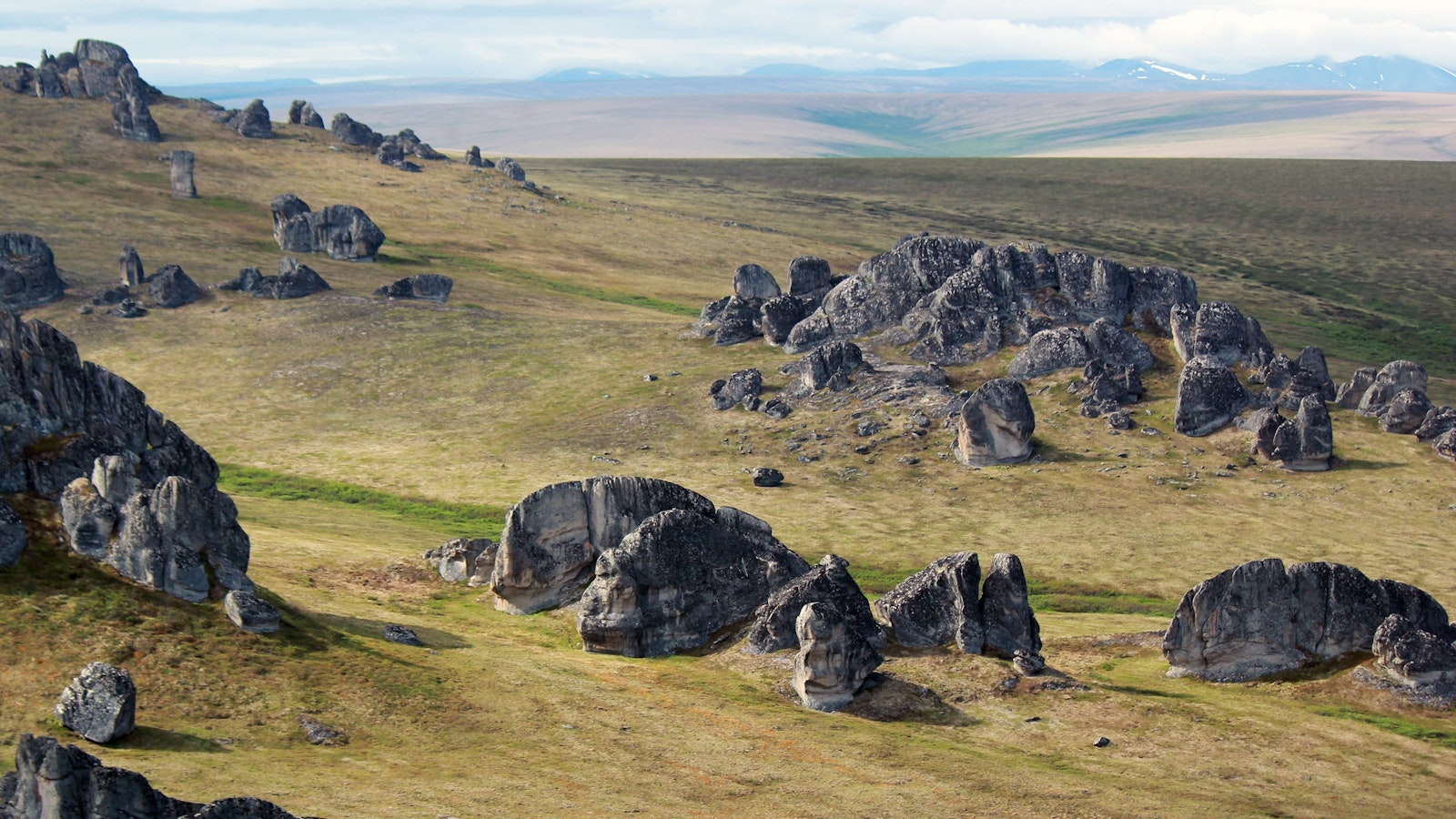
.
.
The land where the United States of America lies is vast, comprised of many cultures dating back millennia. Today, national parks across the country preserve and share the stories, histories, heritage, and traditions of Indigenous peoples and the National Park Foundation is proud to support projects, programs, and research that continues to explore the multifaceted history and culture of native people. Join us in visiting just a small sample of the national parks that honor and celebrate Native American heritage and history.
Alcatraz Island
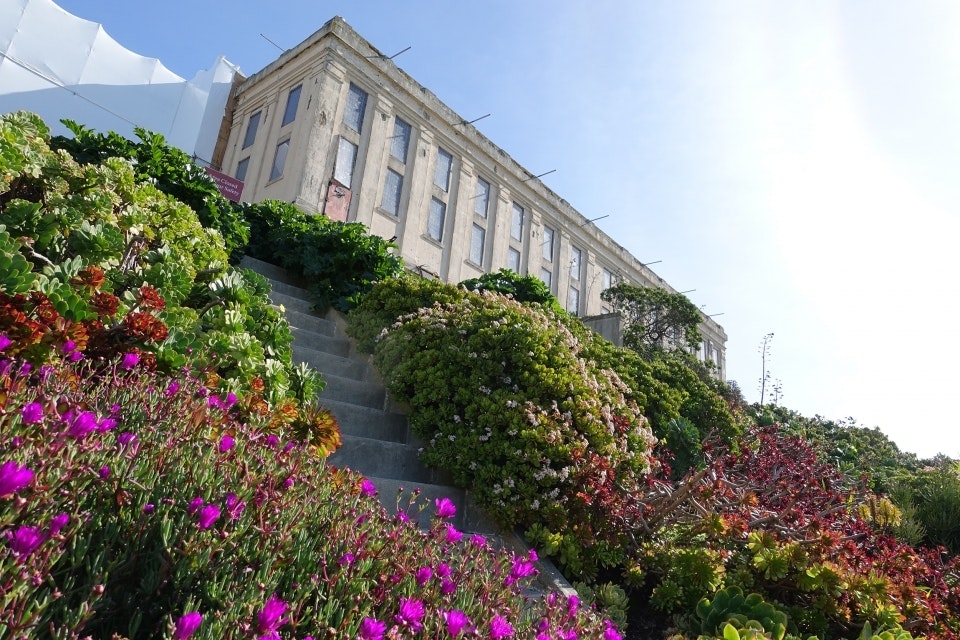
Alcatraz Island was used for camping and gathering food, as well as seclusion and isolation, over 20,000 years ago by Indigenous people. Over 10,000 Indigenous people, later called the Ohlone, lived in the coastal area between the San Francisco Bay and Point Sur before the European colonizers from Spain and Portugal began exploring the area in 1542. By 1801, all of the Ramaytush Ohlone had been incorporated into Mission San Francisco de Asis, and about 80 percent of their population had died from disease or poor living and working conditions.
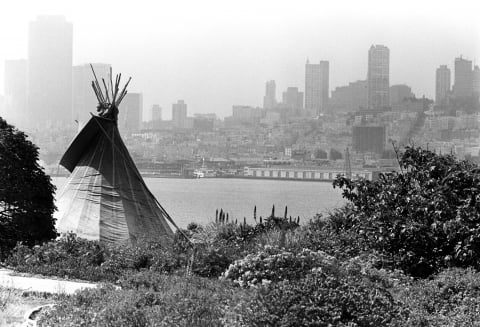
In November 1969, a group of Native American activists in San Francisco’s Bay Area called Indians of All Tribes, Inc. occupied Alcatraz Island in a powerful act seeking to reclaim their ancestors’ space. Approximately 100 people occupied the island to protest government policies that stole the land from Indigenous peoples and destroyed their cultures, garnering national attention for the movement. The Occupiers wrote messages of peace and freedom around the former prison island and discussed plans to build a cultural and education center for Native Americans. In June 1971, federal marshals arrived and forcibly removed the remaining Occupiers from the island.
Today, Alcatraz Island, part of Golden Gate National Recreation Area, commemorates this watershed moment in the movement for Native American civil rights with an exhibition that premiered in 2019, upon the event’s 50th anniversary. Red Power on Alcatraz: Perspectives 50 Years Later tells the story of the 19-month occupation of the island and can be explored digitally.
Glacier Bay National Park & Preserve
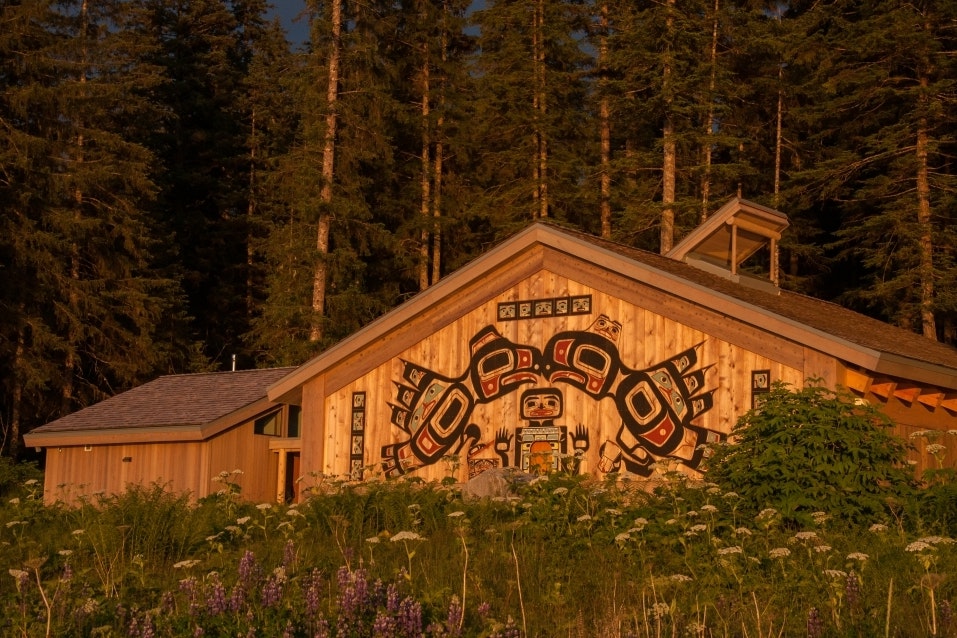
When Lieutenant Joseph Whidbey described what is now Glacier Bay National Park & Preserve in 1794, he made sure to mention the native people who paddled out in their canoes from what is now Point Carolus to meet his boats. While it is difficult to know how long human inhabitants had been in the area when Whidbey set ashore, we do know that there were people living in the nearby Groundhog Bay over 9,000 years ago. It appears that lower Glacier Bay was habitable for many centuries, up until 300 years ago when a final glacial surge would have forced human inhabitants to flee their homeland.
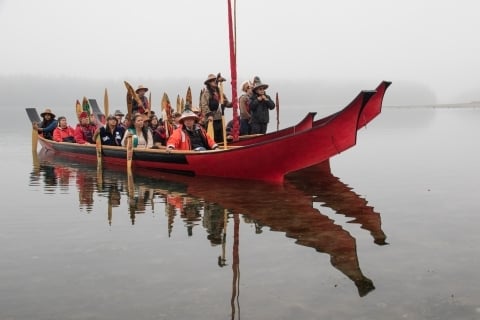
Today, descendants of the Indigenous people who occupied Glacier Bay before the last glacial advance, now known as Huna Tlingit, embrace their homeland, its resources, and retain strong connections to their culture and traditions. Working with the park, Huna Tlingit have resumed their tradition of harvesting gull eggs, an important traditional food source, as well as constructed Huna Tribal House, or Xunaa Shuká Hít (roughly translated as “Huna Ancestor’s House”), a gathering place where tribal members can reconnect with their treasured homeland and visitors can learn more about Huna Tlingit history, culture, and traditions. In February 2020, with support from NPF and The Conservation Fund, the park added a 150-acre cultural site that will be managed in collaboration with the Hoonah Indian Association. The land will provide opportunities for tribal members to engage in traditional cultural practices and support public access to fishing, hiking, and camping opportunities.
Natchez Trace Parkway
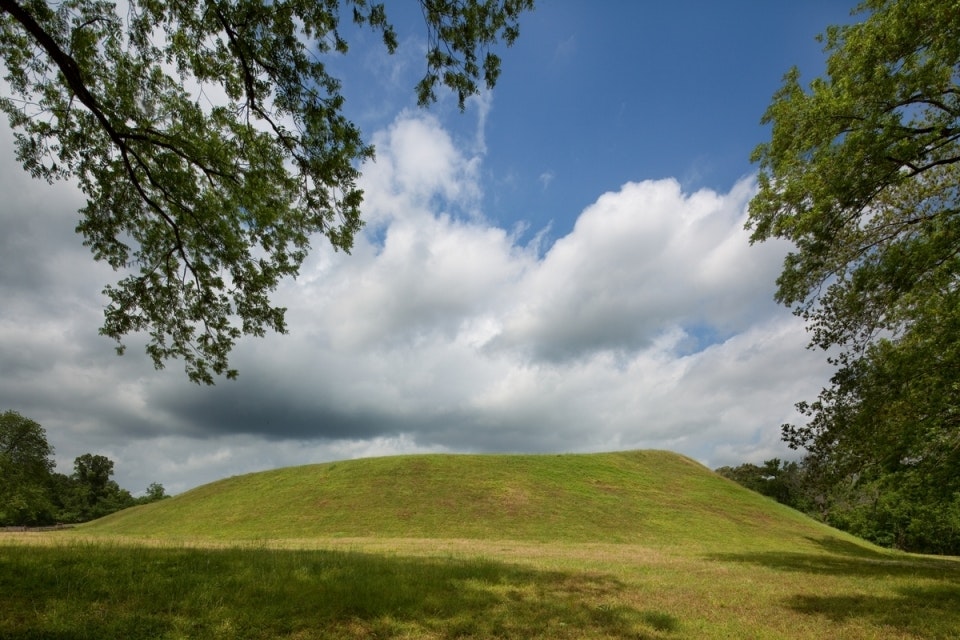
Just 10 miles northeast of Natchez, Mississippi, along Natchez Trace Parkway, lies the second largest Mississippian period ceremonial mound in the United States, known as Emerald Mound. Built between 1200-1730 A.D. by Mississippians, a widespread American Indian population living in the Mississippi Valley and southeastern U.S., the flat-topped mound was used for ceremonial purposes. Emerald Mound covers eight acres and reaches heights of 60 feet as two secondary mounds sit atop a primary mound. All of these were built by hand, though many mysteries remain around exactly how mounds were constructed.
Descendants of the Mississippians became the Chickasaw Nation, the Choctaw of Oklahoma, the Mississippi Band of the Choctaw, and others. Mounds, like Emerald Mound, are some of the most prominent remains left on the landscape by these communities and are enjoyed by visitors today. There are seven mound groups along the Natchez Trace Parkway in Mississippi, and an established trail at Emerald Mound allows visitors to climb to the top of the mound to survey the surrounding countryside.
In partnership with Conservation Legacy, a 2019 NPF Service Corps grant supported the work of Love Your Park Conservation Corps (LYPCC) program, which focused on infrastructure and stewardship projects at various locations, including Natchez Trace Parkway. The LYPCC improved and preserved trails and unique visitor experiences, working on projects and improvements identified by the National Park Service as critical to visitor use and safety.
Sleeping Bear Dunes National Lakeshore
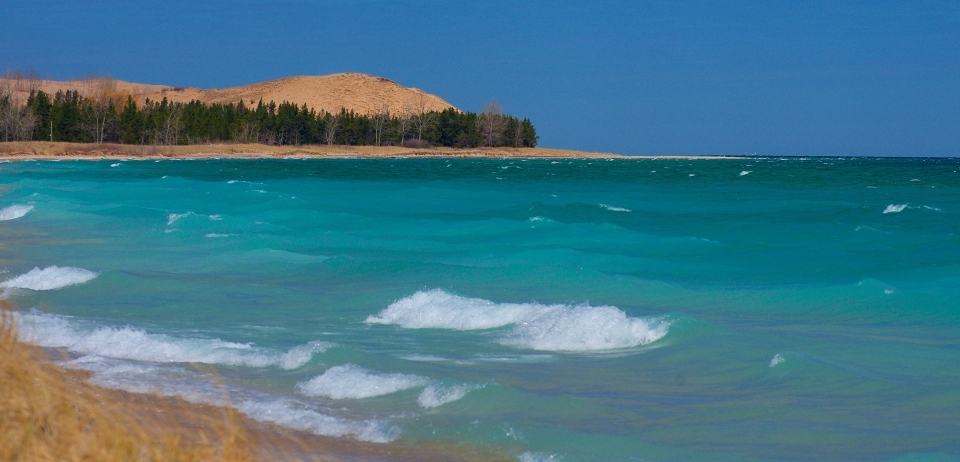
The name of Sleeping Bear Dunes National Lakeshore comes from the Anishinaabek (Odawa/Ottawa, Ojibwe/Chippewa and Potawatami/Bode’wadmi) story of Sleeping Bear, in which a mother waits for her cubs by the shores of Lake Michigan. The area is rich in history, stretching all the way back to the Paleo-Indian period in 11,000 B.C. when hunters romaed the banks of the lake, close to the edge of retreating glaciers. Artifacts dating back to the Archaic period, from 8,000 to 600 B.C., suggest wide-ranging social and trading networks reaching as far as the Gulf Coast of Florida. Woodland pottery found in the area, dating from 600 B.C. to 1620 A.D., suggests that people used the land for seasonal hunting or fishing sites, not necessarily settling in one spot.
Today, the park continues to work with Anishinaabek partners to expand the storytelling about the area’s landscapes and the people who lived there. Visitors can explore these stories and more through the park’s programs, scenic trails, and recreational opportunities.
A 2020 NPF Open OutDoors for Kids Hybrid Learning grant helped the park revamp its formal education program, including the development of a menu of 5-8th grade curricula and engagement activities. Through distance learning programs, self-guided content, pre- and post-visit activities, and a design challenge, students were able to explore and learn about Anishinaabek culture and its place in the park, as well as the Great Lakes Restoration Initiative.
Tumacácori National Historical Park
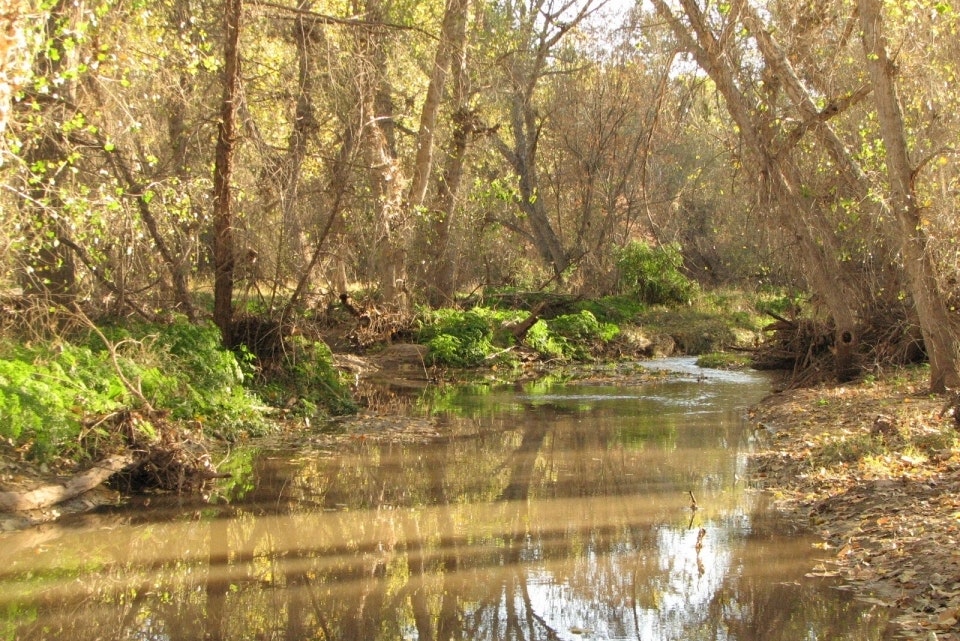
Nestled in the Santa Cruz River valley, Tumacácori National Historical Park preserves a wealth of cultural histories, including the Spanish colonialists, who built the park’s recognizable stone missions, and the O’odham, Yaqui, and Apache people who also called the area home. The agrarian Sobaipuri, a branch of the O’odham (sometimes known as Pima) used the valleys along the Santa Cruz and San Pedro rivers to farm corn, beans, and other crops, as well as gather foods such as mesquite, agave, and cactus.
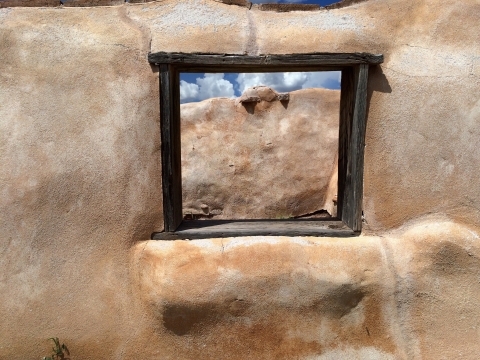
A large and diverse tribe, the O’odham occupied lands stretching thousands of square miles. Upon the arrival of the Spanish, the Yoeme (Yaqui), who had been in the Santa Cruz Valley well before the Spaniards, recognized opportunities to work within the Mission system that sought to convert Indigenous peoples to Catholicism, often working as freighters, cowboys, and miners. The Apache people, related to the Athabaskan people who had made their way from current-day Canada to the American southwest, got a reputation for raiding, stealing, and attacking the mission system's stationary communities.
Descendents of the Sobaipuri live among the O’odham people today, including the Tohono O’odham and Akimel O’odham subgroups. Their oral histories have been important in expanding storytelling in the park, including the work of National Park Service historical research intern Dorien Scheets. Through the support of the National Park Foundation, Dorien is exploring the links between Indigenous women and the Mission system, using archeological analysis of mission artifacts as well as the oral histories to create a new guided walking tour in the park.
Hawai'i Volcanoes National Park
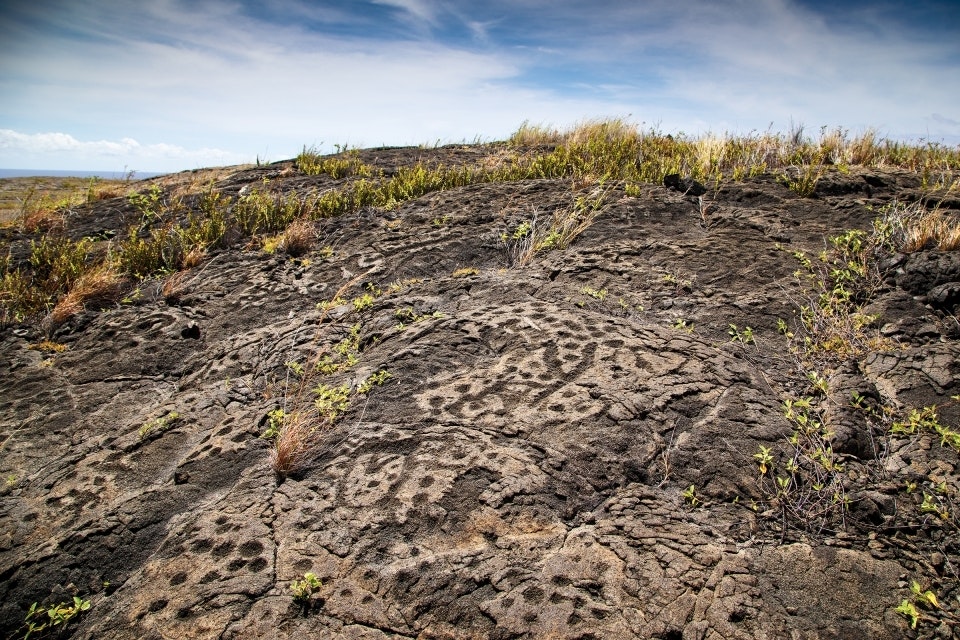
Hawai'i Volcanoes National Park protects some of the most unique biological and geological landscapes in the world, including two of the world’s most active volcanoes. But the histories and moʻolelo (stories, myths, and legends) of the islands and their people are just as unique and fascinating. Polynesians from the Marquesas Islands were the first to settle Hawai'i, some 1,700 to 800 years ago, bringing with them essential items for survival, including pua'a (pigs), moa (chickens), mai`a (banana), ko (sugar cane), and the seeds and saplings of niu (coconut). After some time, Polynesians from the Society Islands also arrived in Hawai'i and became the new rulers. After contact with southern Polynesia ceased, a unique Hawaiian culture developedon the islands, distinguished by a highly stratified society and a system of laws, known as kanawai, that enforced the social order of the islands.
Over several hundred years, the people of Hawai'i cultivated traditions that were passed on through generations and continue today, including chronicling their history through oli (chant), mele (song), and hula (dance). Visitors to the park today can discover windows to the past through places like Puʻu Loa, one of the largest petroglyph fields in Hawai'i, or Kaʻauea, a site referenced in Hawaiian chants and oral histories now featuring a reconstructed hula platform and hale, a traditional style Hawaiian house.
Thanks to a 2020 Open OutDoors for Kids Hybrid Learning grant from NPF, students who live in volcanic areas are able to complete a hybrid learning program from the park to learn from each other and the park. Students learned about geology, culture, and the natural history associated with each other's homes. The curriculum, focused on the comparison of volcanoes and the communities around them, connected students to the park's volcanic landscapes, as well as each other.
Navajo National Monument
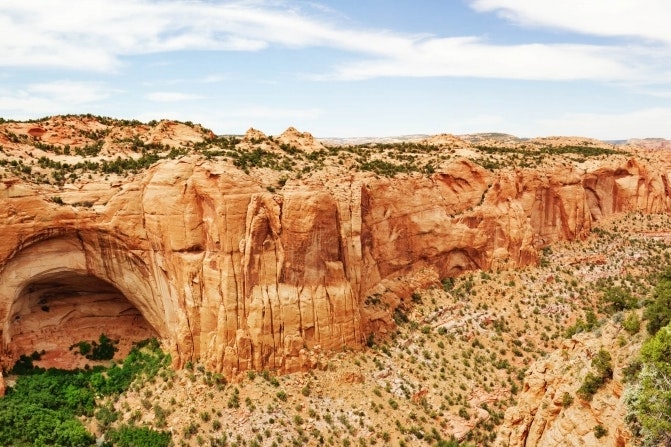
First crated in 1909, Navajo National Monument protects the remains of three large pueblos dating back to the 13th century. However, archeological evidence suggests that in addition to the villages around the pueblos there have been human inhabitants in the region for thousands of years. Early hunters and gatherers moved around a large region seasonally. Later inhabitants began to settle in villages of semi-underground pithouses about 2000 years ago, as they grew maize and other crops. Farmers began building above-ground masonry houses, and eventurally Ancestral Pueblo culture emerged.
The park's three pueblos – Betatakin, Keet Seel, and Inscription House – were all built in large, natural alcoves within the Navajo Sandstone Formation.The pueblos provided shelter from the elements, and the canyon's steambeds were great for growing corn, beans, and squash while canyon streams provided water. It is unclear exactly why the pueblo villages were left, though it may have been partly due to a prolonged drought, but all the villagers had moved on by 1300.
Today, the land surrounding the park is part of the Navajo Nation, as the Navajo, or Diné, moved into the area around 1800. Visitors to the park can take a self-guided tour of the Betatakin Cliff Dwellings along the 1-mile Sandal Trail or meet up with a ranger to hike a more demanding tour of the area. Make sure to contact the park before heading out, as tours can be affected by severe weather conditions.
Bering Land Bridge National Preserve

A unique and remote park, Bering Land Bridge National Preserve protects a small remnant of the 1,000-mile-wide grassland that once connected Asian and North America. During the last Ice Age, plants, animals, and people moved between these two continents, and the prehistoric artwork found in the area today depicts many animals such as woolly mammoths, steppe bison, and more. While the bridge between the two continents flooded around 10,000 years ago, the communities founded by those who traversed the bridge remain. Cultural group sof the Seward Peninsula remain closely tied to the ancestors who first crossed over from Siberia, who led mobile lifestyles, living off the land and sea's natural resources up until European contact in the 19th century.
Commercial whaling, fur trade, and mining forever changed the Alaska Native groups that had inhabited the land for thousands of years, including the social organization, health, and subsistence lifestyle for the Inupiat communities. Over time populations have recovered, working hard to preserve and promote the cultural traditions such as subsistence living, or using the wild, renewable resources for food, shelter, fuel, clothing, tools, or transportation. The park's protection of resources within Bering Land Bridge helps support these lifestyles as well as communicate the importance of Alaska Native heritage holistically.
Knife River Indian Villages National Historic Site
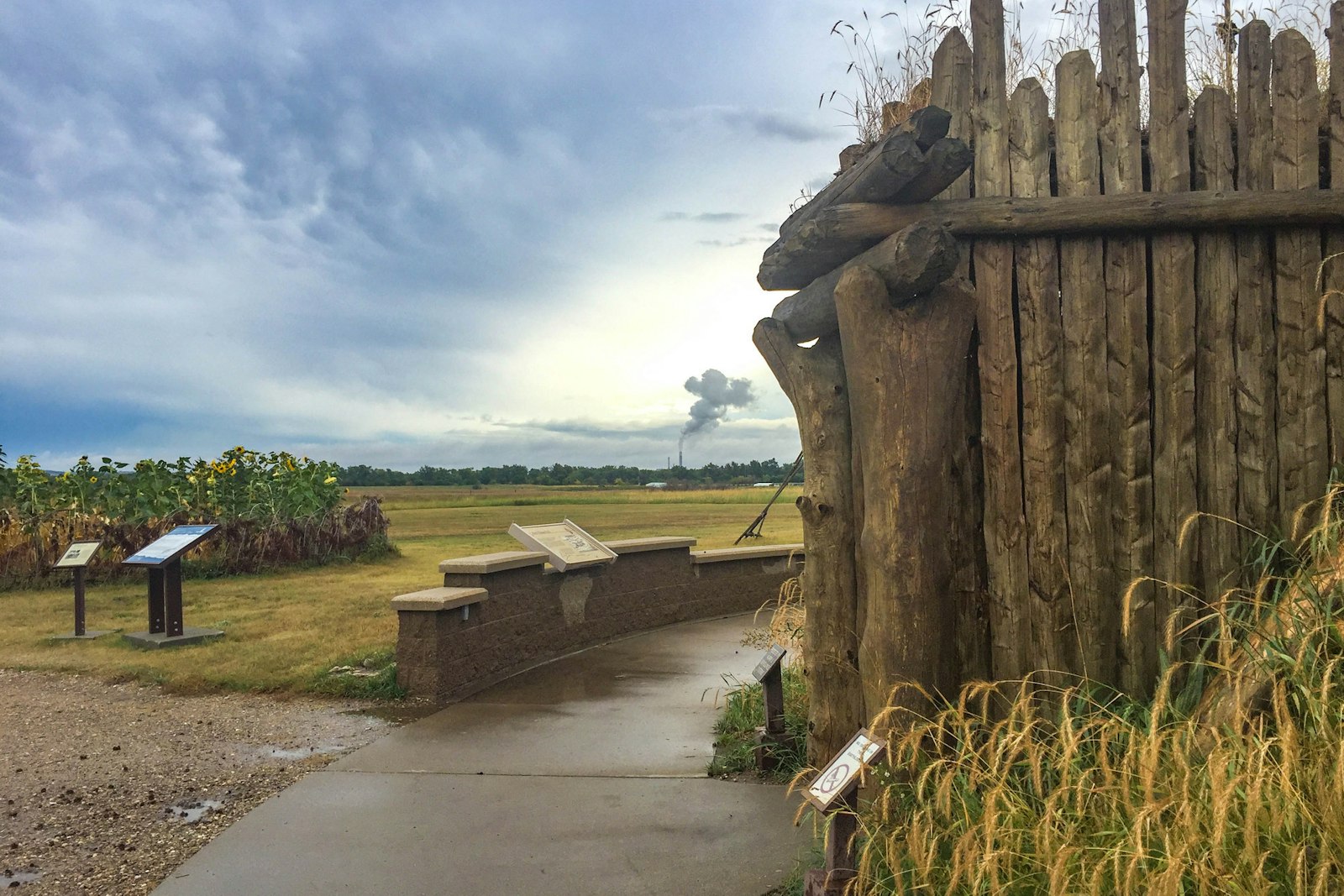
The Knife River region of North Dakota ahs been home to various peoples for an estimated 11,000 years, and Knife River Indian Villages National Historic Site preserves and interprets the area's rich history and culture. Early written records document how the Hidatsa, a combination of three distinct groups (Awatixa, Awaxawi, and Hidatsa) each with their own dialect and origin, lived in earthlodge villages for nearly 500 years. Visitors today can see the shallow depressions in the ground where some of these earthlodges were built and maintained by Hidatsa women. The Mandan and Arikara (or Sahnish) joined the Hidatsa in settled villages and together these communities pioneered agriculture on the Northern Plains landscape.
Tribes from across the Northern Plains journeyed to the villages along Knife River, including the Sioux, Cheyenne, Crow, Assiniboine, and Ojibwe, as well as traders, explorers, and artists. The villages became an exciting and cosmopolitan place, but foreign visitors brough new diseases that dramatically altered the communities and cultures of those living in the Knife River region. Visiting the park today, you can discover the stories of those who lived and worked in the villages, including Sacagawea (or the "Bird Woman"), a Lemhi Shoshone woman who was likely taken captive by a Hidatsa raiding party and who later joined Meriwether Lewis and William Clark on their expedition west. Examine artifacts in the park's museum and explore a full-scale reconstructed earthlodge, a Hidatsa garden, and village sites.
In 2019 an Open OutDoors for Kids Field Trip grant from NPF brought students to the park for hands-on activities to learn about parks and village life in and around the Hidatsa earthlodge. Students enjoyed interactive activities including an Atlatl demonstration, traditional stories and flute music with a Hidatsa Elder, storytelling and artwork with an Arikara Elder, Plains Sign Language demonstrations, and more.
Lassen Volcanic National Park
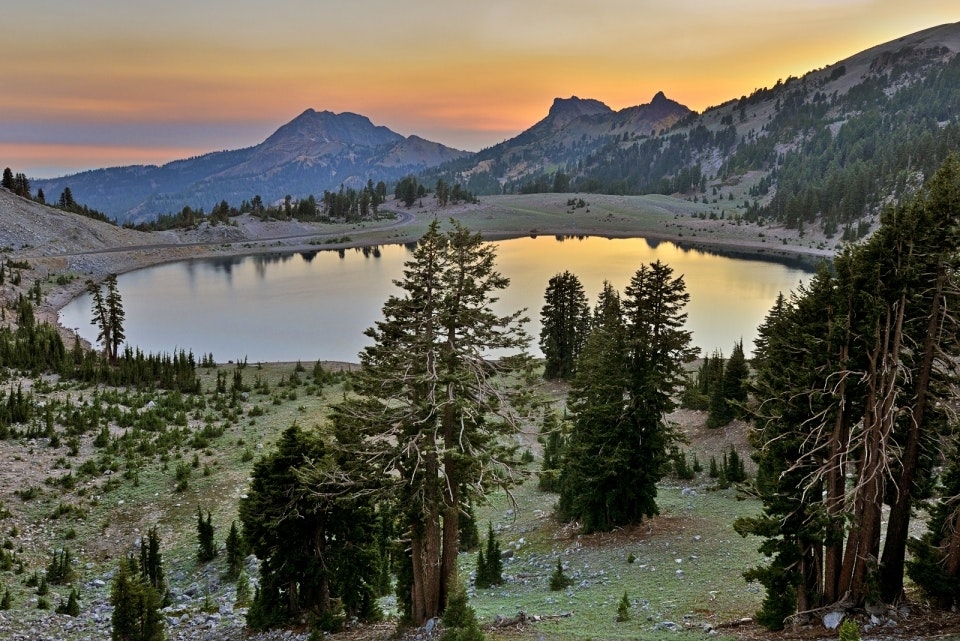
The landscapes of Lassen Volcanic National Park, with its jagged peaks and steaming fumaroles, tell the story of the area's eruptive past. But just as volcanic activity shaped this land, so too did the people who have lived and traveled through it. Native American groups, including the Atsugewi, Yana, Yahi, and Maidu camped here in warmer months when hutning and gathering potential was at its peak. Artifacts left behind from their stays in the area, including stone points, knives, and metals, as well as replicas of their basketry and hunting devices are displayed today in the park's Loomis Museum.
Descendants of these tribes still live in the area and are valuable partners to the park as they continue to educate visitors on both their historical and modern tribal cultures. Selena LaMarr (given name: Boonookoo-eemenorra), or "Boonie" as she was known by park staff, was the first woman naturalist at the park and a member of the Astugewi tribe. LaMarr gave cultural demonstrations to visitors from 1952 to 1972, and her nieces later continued the demonstrations. Today, visitors to the park can traverse this landscape in a variety of ways, from backpacking in the summer months and fishing in the fall to ranger-led snowshoe tours in the spring and winter.
In 2021, NPF partnered with HIstoriCorps and Great Basin Institute to deploy a service corps crew to Lassen Volcanic National Park. Over the course of eight weeks, the crew restored the park's historic Twin Lakes cabin, monitored and cleaned up backcountry campsties, interacted with park visitors, and participated in a survey of the park's America Pika population, all providing critical support to the park as it sees increased visitation.
Casa Grande Ruins National Monument

In the deserts of Arizona lies Casa Grande Ruins National Monument, the nation's first archeological preserve. A popular destination in the late 19th century, the park's namesake Casa Grande was abandoned around 1450 by the ancestral Sonoran Desert people who had built it in the 1300s and lived in the area for centuries prior. Archeologists have discovered hundreds of miles of prehistoric irrigation canals, built by the ancestral Sonoran Desert people around 400-500 A.D, with which they cultivated several varieties of beans and squash, as well as cotton and tabacco. Networks of villages expanded into Arizona, and trade flourished between the ancestral Sonoran Desert people and their neighboring tribes.
During the late 14th and 15th centuries, the ancestral Sonoran Desert people suffered a period of depopulation and abandonment, though the causes of this are unclear. Today, several groups have ancestral links to the ancient people and the area and their cultural traditions, in addition to ongoing archeological research at the park, continues to keep the legacy of the ancestral Sonoran Desert people alive. Visitors to the park today can enjoy a guided tour of the site and explore the long and complex history of the ruins, the park's archeological findings, and the cultures of the ancestral Sonoran Desert people.
A 2021 grant from NPF will help the park replace three water fountains in highly trafficked areas. With the desert landscape of Casa Grande Ruins National Monument, temperatures can exceed 110 degrees in the shade, so these new water bottle refilling stations will help keep visitors cool and safe.
National parks protect, preserve, and share the stories of our country’s histories and cultures, including those of the first peoples that inhabited this land and continue to do so. Across the National Park System, sites honor these multi-faceted histories and cultures that are an essential part of our collective American story. We invite you to explore these parks and more as you develop your own connections to our lands.